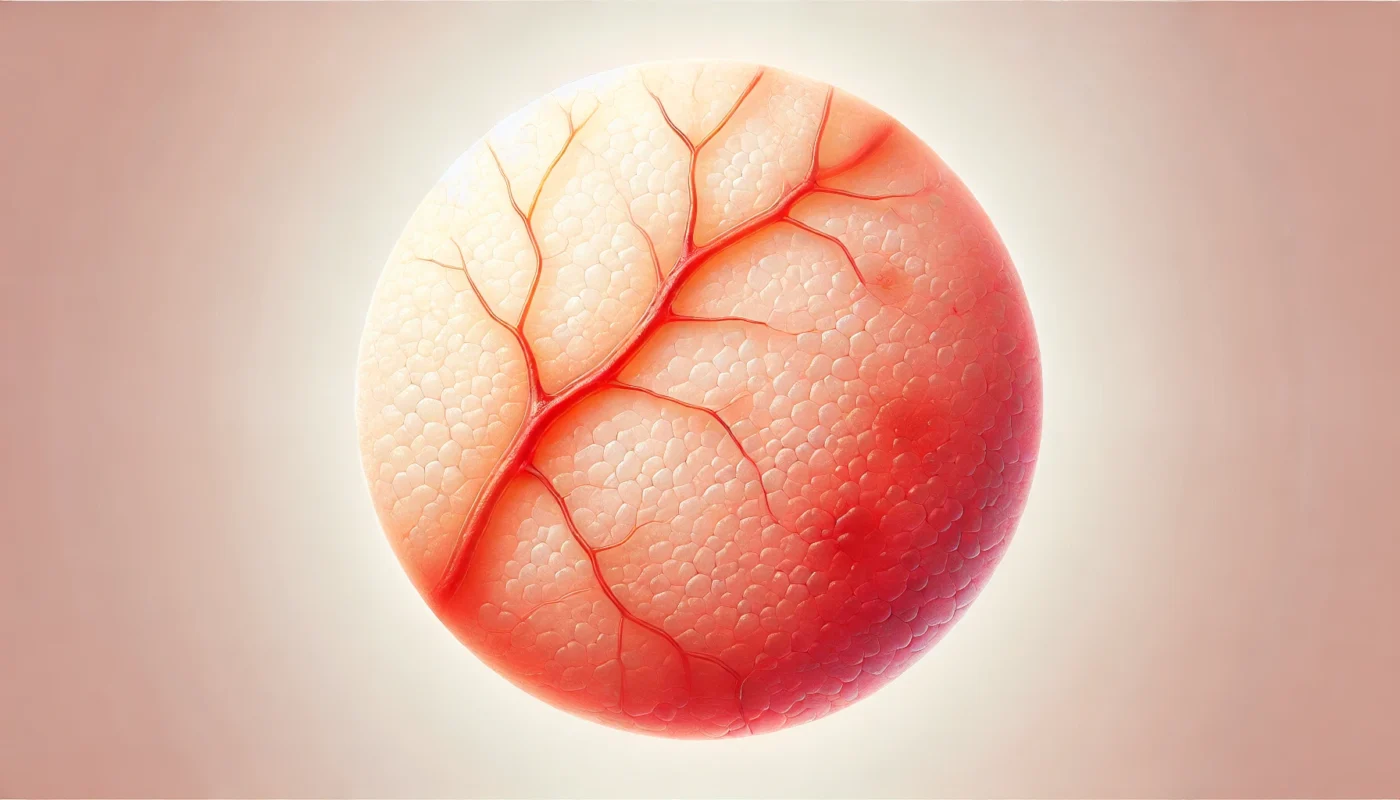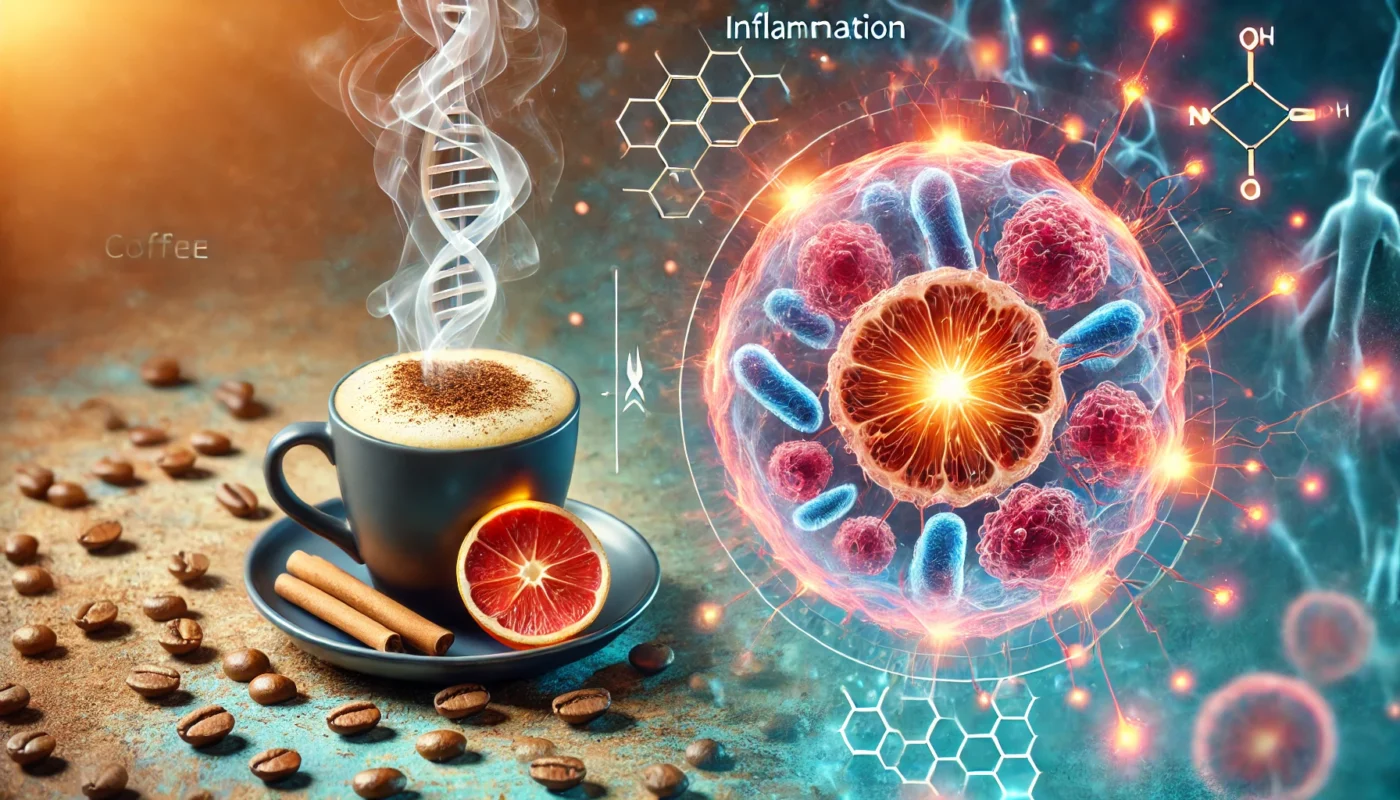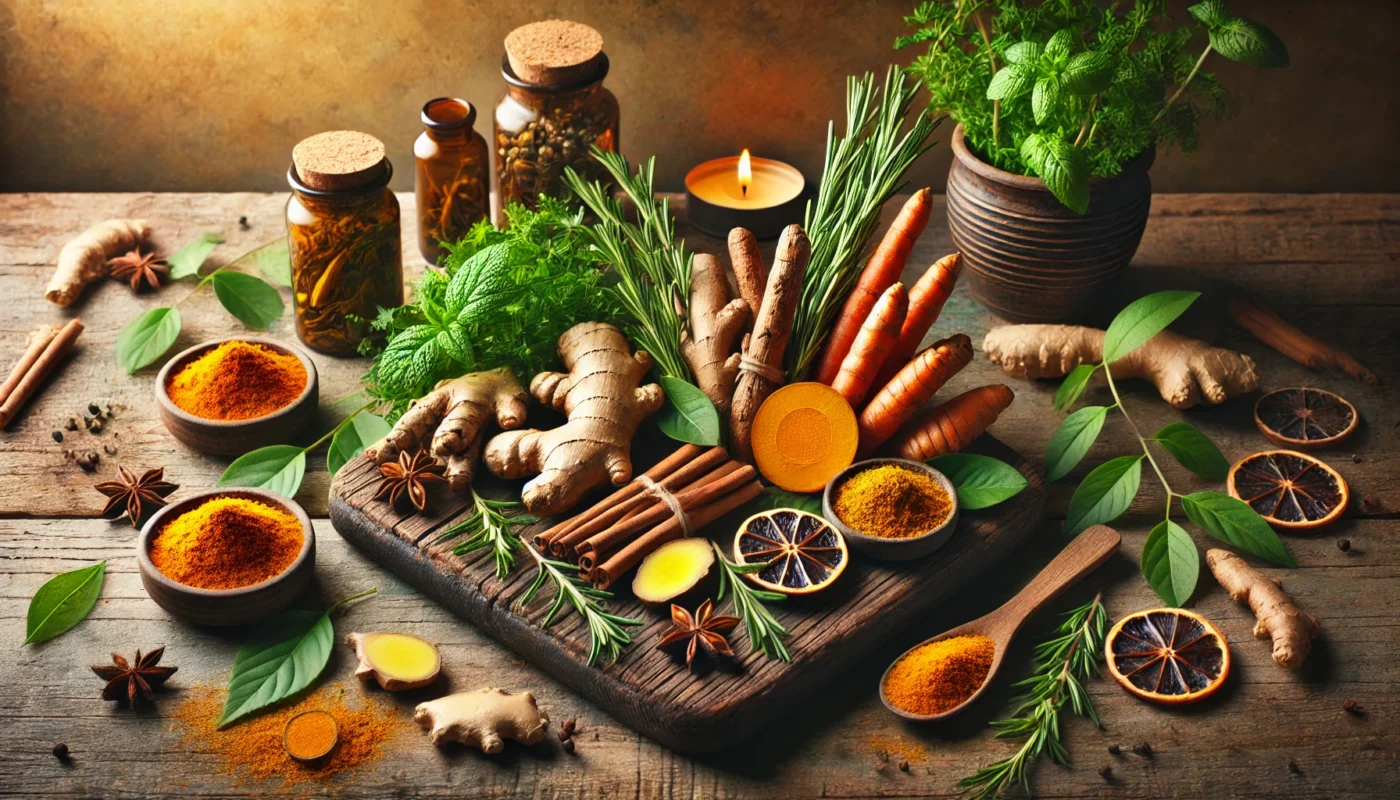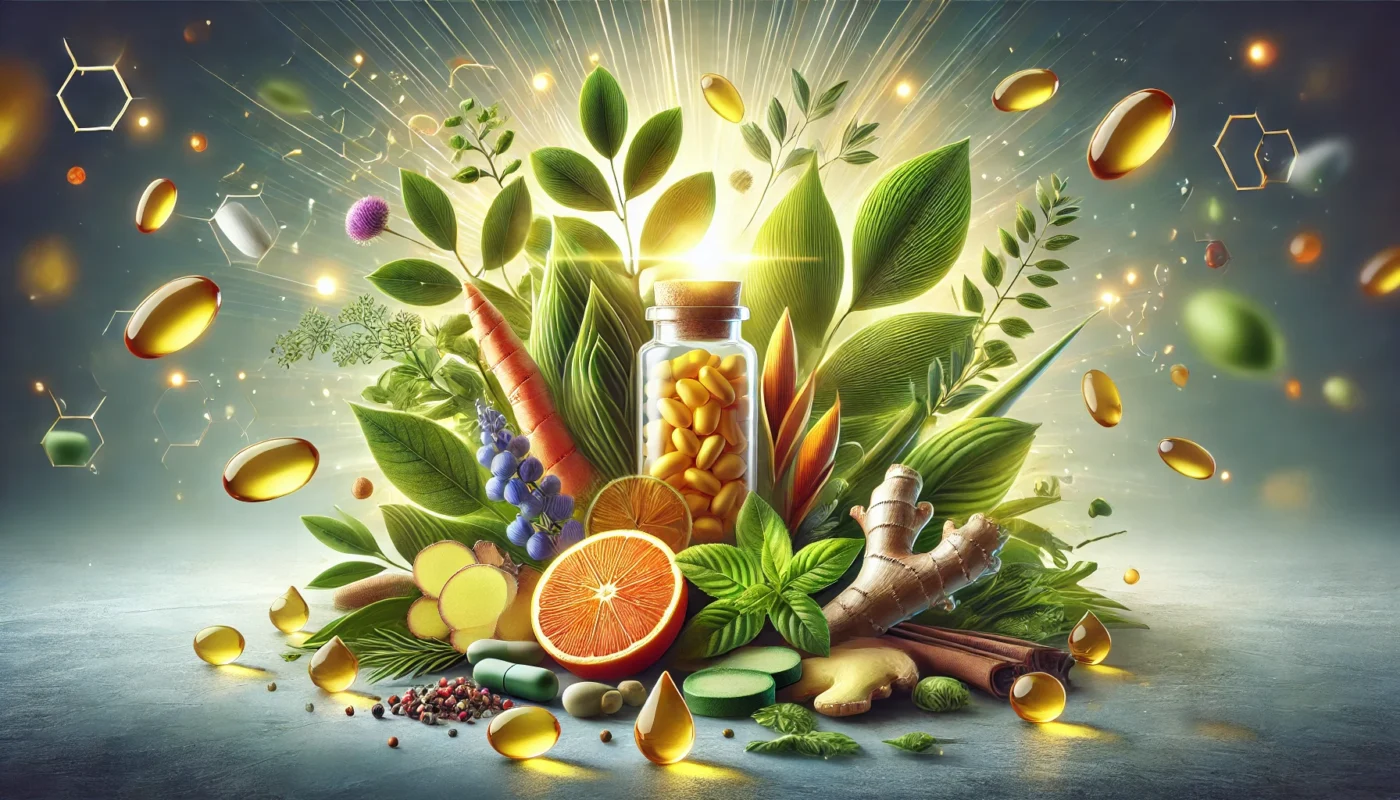The concept of inflammation has been around since ancient times, with the Roman writer Celsus first describing the “cardinal signs” of inflammation: heat, redness, swelling, pain, and loss of function. Each of these signs serves as a vital communication tool, indicating how the body is responding to injury or infection. Let’s delve into each of these five cardinal signs, explore their significance, and discuss how they can guide us in managing inflammation holistically.
Category Archives: Healing Strategies for Medical Conditions
For many of us, coffee is an indispensable part of our daily routine. It’s the morning pick-me-up, the afternoon energy booster, and sometimes, even an evening indulgence. Beyond its beloved role as a caffeine fix, coffee has been the subject of extensive research, particularly concerning its impact on inflammation. So, is coffee an anti-inflammatory food, or does it contribute to inflammation? Let’s delve into the science behind coffee and its effects on our body’s inflammatory processes.
Inflammation is a natural response by the body’s immune system to injury or infection. While acute inflammation is beneficial and a necessary part of the healing process, chronic inflammation can wreak havoc on your health. It is linked to several chronic diseases and conditions, making it imperative to address through dietary and lifestyle changes.
In the hustle and bustle of daily life, minor injuries like cuts and scrapes can happen unexpectedly. While these might seem trivial at first, they can lead to infections if not properly cared for, especially if they involve pus or become smelly. If you find yourself with an infected cut, you may be seeking home remedies to naturally accelerate healing. In this comprehensive guide, we’ll delve into effective natural remedies for treating infected wounds and cuts, providing you with practical advice to ensure optimal healing.
Inflammation is a protective mechanism that helps the body heal from injuries and fight infections. When the body detects a threat, the immune system releases white blood cells to the affected areas, resulting in redness, heat, and swelling. While this response is beneficial in the short term, chronic inflammation can cause lasting damage to healthy tissues and organs. It is linked to a variety of diseases, including arthritis, heart disease, and even cancer.
Inflammation is the body’s natural response to injury or infection, and it plays a dual role. Acute inflammation is beneficial, helping to heal wounds and fight off infections quickly. However, when inflammation becomes chronic, it can wreak havoc on the body, leading to a host of diseases. Understanding this dual nature is crucial in recognizing why managing inflammation is essential for health.
Chest inflammation can be a perplexing condition, often leaving many individuals searching for answers on how to alleviate its discomforting symptoms. As an expert in health and wellness, I’m here to demystify this topic, providing you with a comprehensive overview of the causes and symptoms of chest inflammation, along with practical advice on how to manage and reduce it effectively.
Grapes have long been cherished not just for their delightful sweetness and versatility in culinary applications, but also for their potential health benefits. Among the multitude of health topics that pique the interest of fitness enthusiasts, health aficionados, and medical patients alike, the relationship between grapes and inflammation stands out as particularly intriguing. Let’s delve into the scientific evidence and explore whether grapes, along with other popular fruits, are friends or foes in the context of inflammation.
The anti-inflammatory diet is not a strict regimen but rather a way of selecting foods that support your body’s natural defense mechanisms. It emphasizes whole, unprocessed foods while minimizing consumption of refined sugars, processed meats, and unhealthy fats. The goal is to include a variety of fruits, vegetables, whole grains, lean proteins, and healthy fats.
Inflammation is a natural response by our bodies to injury or infection. It’s a crucial part of the body’s defense mechanism, helping to heal wounds and fight off harmful pathogens. However, when inflammation becomes chronic, it can lead to a host of health problems, including heart disease, arthritis, and even certain cancers. Chronic inflammation can silently damage tissues and organs, often going unnoticed until serious conditions develop.










